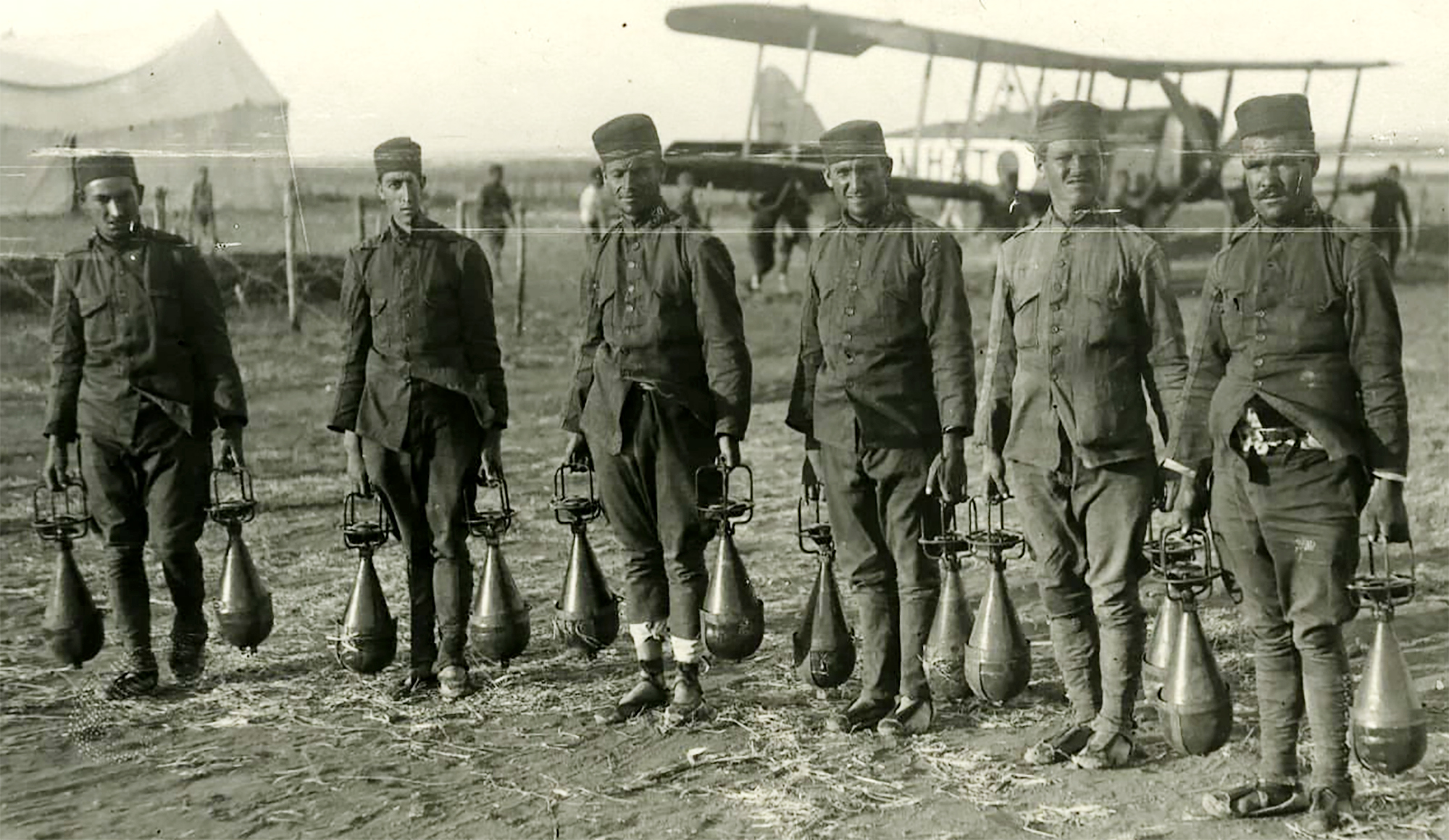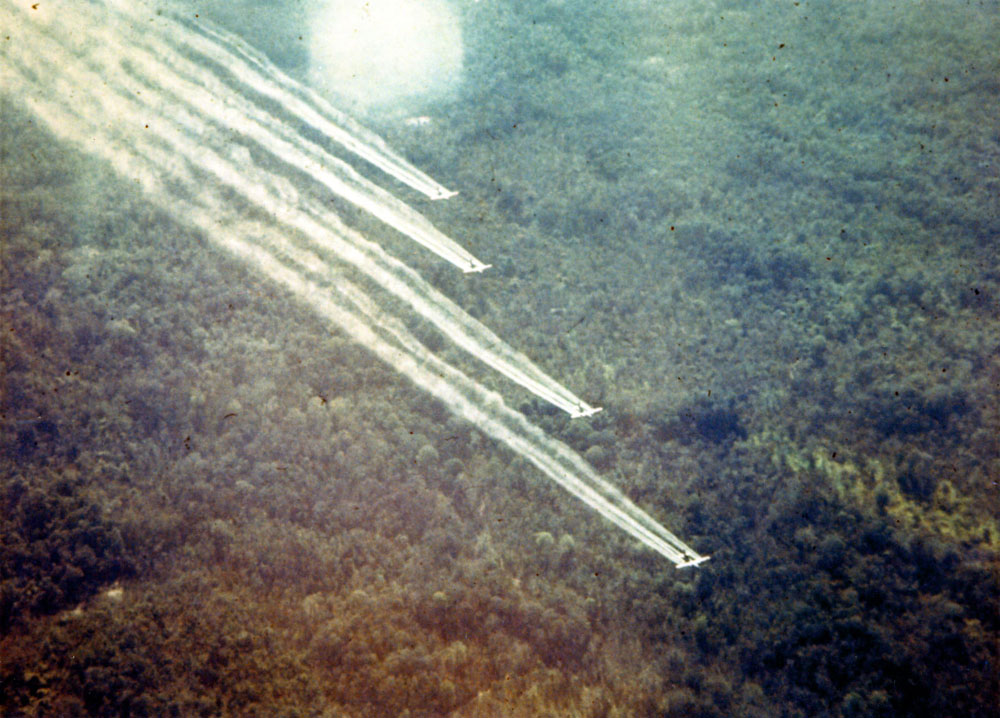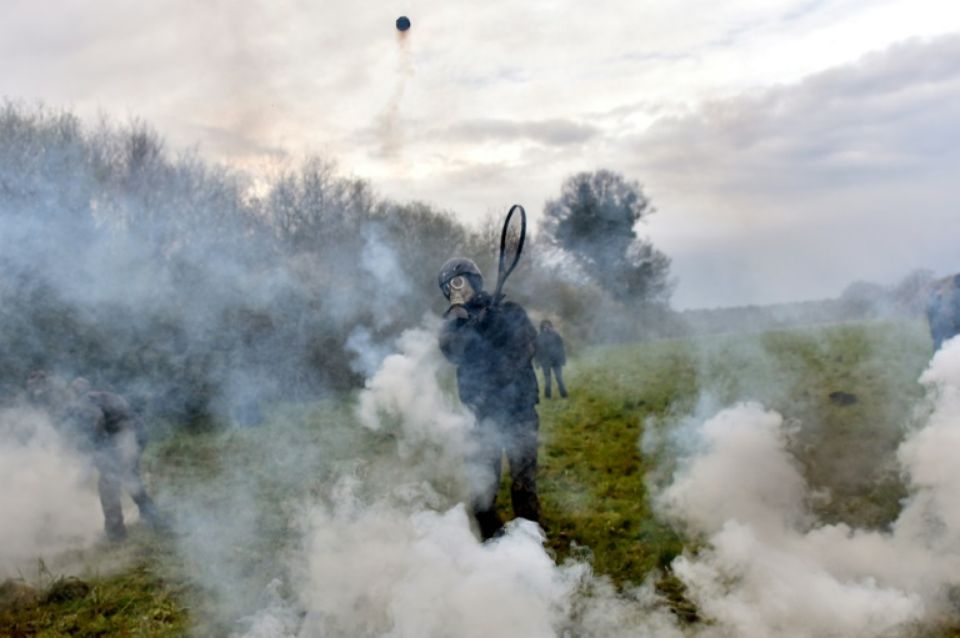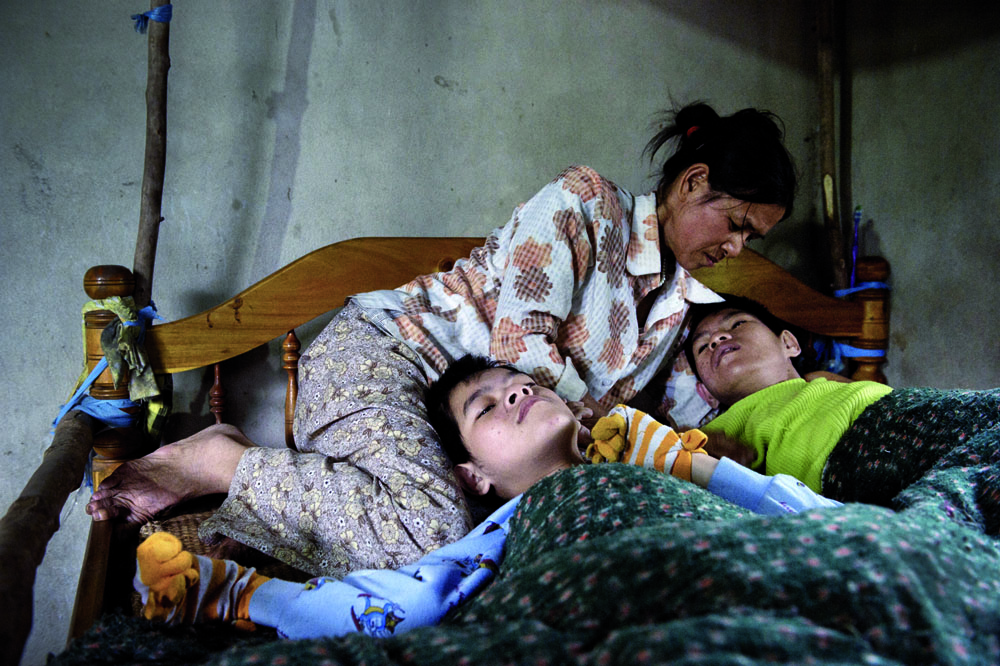Tran To Nga: Vietnamese, declared war on chemical weapons by the United States in Vietnam
- On 25 January, millions of Vietnamese will go to the Paris Grand Court of Justice. That day begins the case of the chemical weapons used by the United States Army in the herbicide Vietnam.El war and the venomous loser, known as the orange agent of South Vietnam, spread between 1961 and 1971, and the multinationals dedicated to the production of this chemical weapon are imputed. Sixty years later, millions of infected Vietnamese wait to get the truth, the confession and the reparation about this ecocide. The complaint has been lodged by the Vietnamese Tran To Nga, who has been arrested.
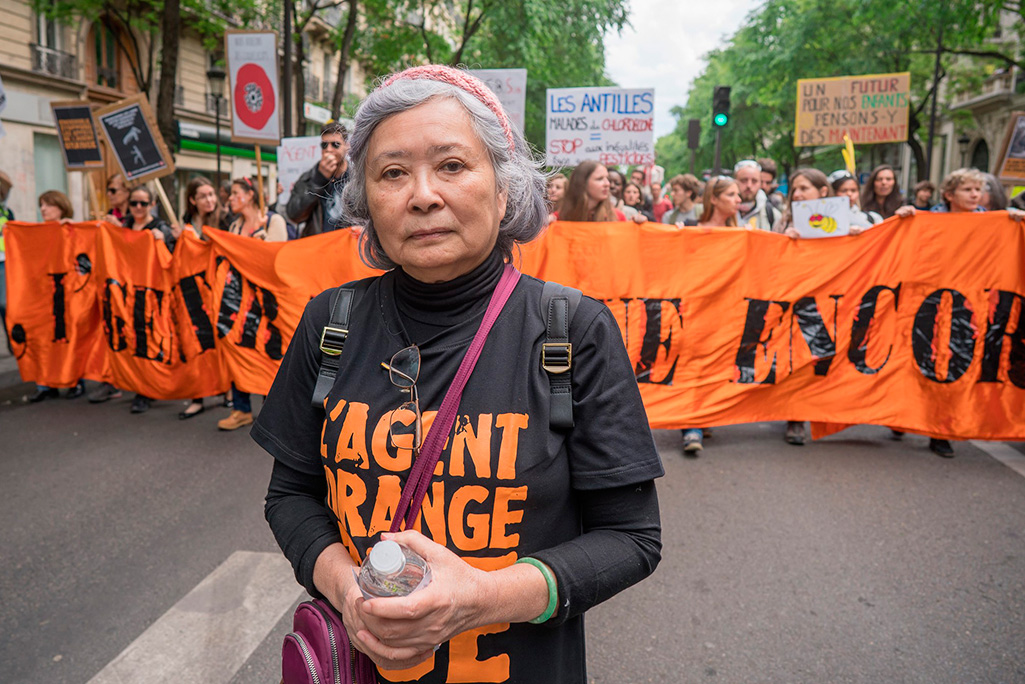
“I am 80 years old and it is clear that the lawyers of the chemical firms do everything to slow down the speed of the procedure, but let it be clear that I will fight to the last breath.” They are the words of the Vietnamese Tran To Nga on the process that is finally to be opened in Paris on 25 January. “As long as I live I will not give up,” he had warned long ago, and there he continues, declaring war on the 26 multinationals. Defendant? The manufacture of chemical weapons for the Vietnam War, which lasted between 1955 and 1975. The army of the EE.UU. He dedicated himself to extending in extensive forests and extensive field extensions to an orange dioxin agent, called Arandans. Among the defendants are the well-known agro-industrial Monsanto and the chemical producer Dow Chemical, which has become one of the most powerful. To Nga himself is one of the millions of infections we have in our hands.
The lawsuit was filed in 2014, but thanks to the cunning and power of the multinationals, the Evry High Court in the vicinity of Paris has been delayed over and over again. Having spent half a century since the facts and continuing with the multinational mergers and acquisitions that have taken place since then, they are a couple of fewer of those prosecuted. William Bourdon is one of his lawyers who guides his defensive work in the defence of judicial proceedings against those accused in the Rwandan genocide and in the Chilean dictatorship of Pinochet, among others.
In the framework of Operation Ranch Hand, mass poisoning lasted from 1961 to 1971 and spread a huge amount: 80 million liters of herbicides and leaf losers, official figures from the U.S. National Academy of Sciences (NAS). However, according to André Bouny L’Agent Orange: Apocalypse Viêt Nam, it would be much more: “In total, 346.5 million litres of chemical agents were emitted, considering that they have passed through the same locations several times and that the dose was 28 litres/ha.” To Nga is clear: “It’s the first equinox in history; it’s a disaster.” They infected 20 per cent of the forests of South Vietnam and some 400,000 hectares of farmland. In total, 3,851 villages were directly poisoned between two and five million Vietnamese (no data on American soldiers, laos and Cambodian victims).
According to the official version of the United States Army, Vietcong, the National Front for the Liberation of South Vietnam, used herbicides and deshojadores to clean the forests and the rural areas in which they were hidden, as well as to keep the contours of the settlements of the American army clean, to see clearly the positions of their enemies. They also intended, although they did not clearly confess, to extend hunger by destroying crops.
To Nga himself, 24, was working in these forests as a journalist for press agency Giai Phong. Journalist and militant, “for the freedom of the people”. On the same day that he had the University diploma, the Hô Chi Minh, a road that went from north to south, used by Vietcong soldiers, was launched. “I followed the soldiers of the National Liberation Front of South Vietnam, went through forests, walked through lakes, wet me in wet and polluted areas,” says Liberation.
Remember how I had heard an airplane from the hideaway. He pulled his head down the hole to find out what was going on. “The plane left a white cloud on his liver. Soon I was surrounded by viscous fluids; I coughed, my breath was lost, I didn’t understand what was happening to me.” It would clean the body and follow the path – in poisoned contaminated plants, soils and waters – without knowing that it was stained inside. Two years later, Viêt Haï, the first child, would die at seventeen months due to heart problems. The other two daughters you've had next to you also have heart and bone problems, as well as their sons. Like To Nga, in the background.
Still contaminated today
The pollution of sixty years ago is still present in South Vietnam and this fact makes the situation even tougher and untenable. According to the Vietnam Red Cross, there are still 3-4 million people infected and all of Vietnam is Hungarian because it is found in food consumed by the Viernam (eggs, meat, vegetables, fish...).
“This dioxin attacks the immune system and produces several serious diseases and various types of cancer. Some of them provide conclusive evidence of the influence of the orange agent, such as chloracne (cloric acne) or Hodgkin’s disease and its numerous declinations”, L’Agent Orange: According to Apocalypse Viêt Nam In essence, the WHO identifies dioxin as “cancer author”. Whether it is fauna or flora, much of the indigenous biodiversity has also disappeared. Examples of this are poor soils covered with bamboo and plants called “American herbs”. The victims want truth, justice and reparation, no less and no more. But they've never received it. Of course, the 80-year-old woman has not accepted the millions proposed by the multinationals.
As regards actions in the context of war, the Federal State of EE.UU. He has enjoyed diplomatic immunity, he cannot oppose it. They therefore have multinational targets for the production of poison. In 1984, former American soldiers filed a complaint and reached an agreement with Monsanto and six other companies for $180 million. Of the 68,000 veterans, 40,000 received between 246 and 12,800 thousand dollars. “Of the 4 million victims of the orange agent, only American veterans have received compensation from Monsanto. Why don’t we Vietnamese have it?” warns To Nga. Twenty years later, on 31 January 2004, the organization of affected Vietnamese led 11 multinationals to the US Justice for crimes against humanity and crimes of aggression. The complaint was successively classified in the end, definitively rejecting the Supreme Court’s request for victims.
The ancestor of pesticides
“The orange agency is the ancestor of current pesticides. In a way, we continue to produce this chemical weapon, following similar principles for our agriculture. We use the same molecules in the same way and made by the same companies,” says the spokesman for the Vietnam-Dioxine association.
That is the case and these multinationals know that very well. Moreover, it has been shown that in 1965 they already knew that the product was “enormously toxic” but decided to keep it secret.
Vietnam, February 7, 1965. The U.S. Air Force first used napalma against the civilian population. It was not the first time that gelatinous gasoline was used. It began to be launched with bombs during World War II and, in Vietnam itself, it was used during the Indochina War in... [+]










